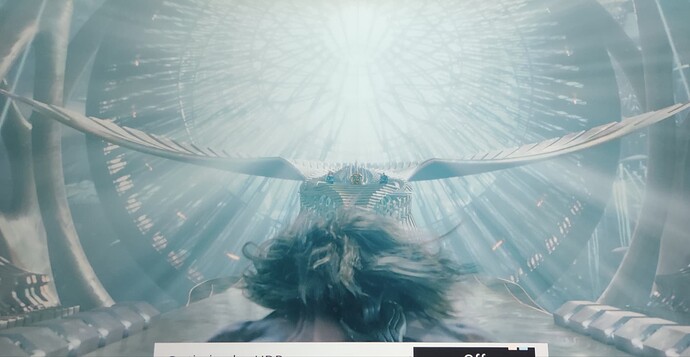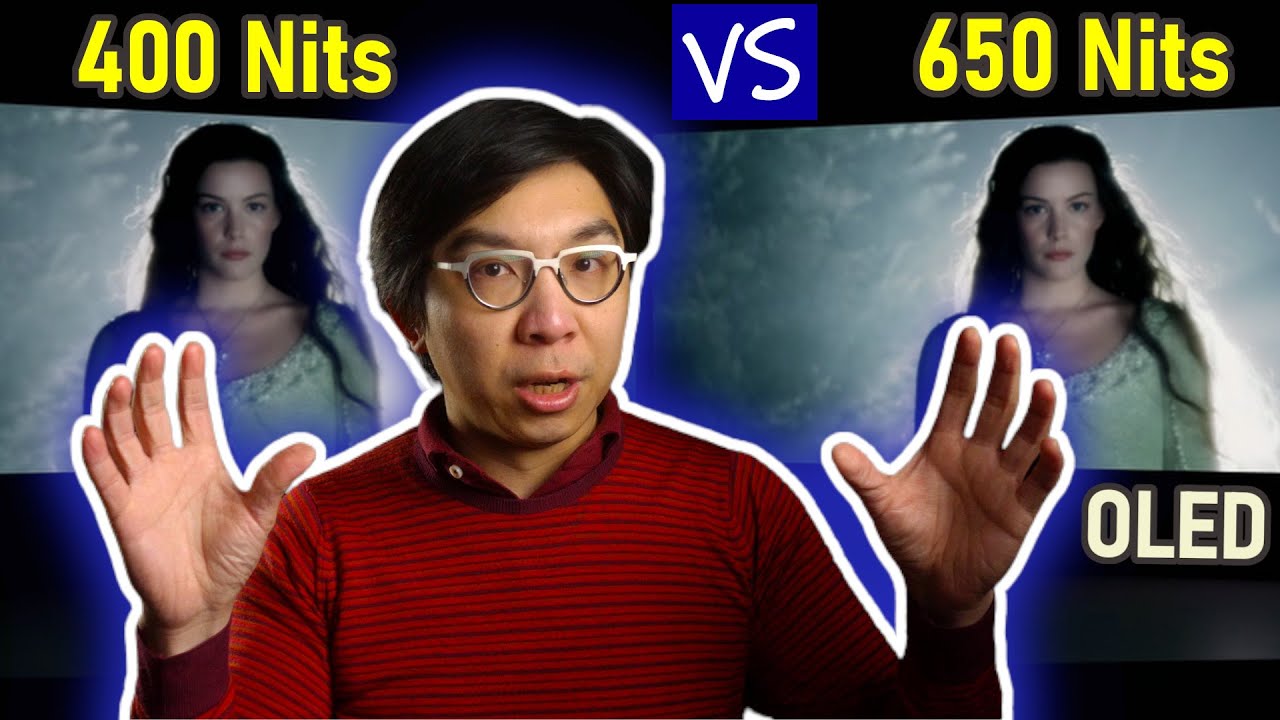Everything needed for this to work should now be in the staging repository.
An increase to the maximum allowed “display max luminance” value didn’t make it into the Xmas release, I don’t think; will we see this soon?
Didn’t have time to test it didn’t stuff anything else up.
have there been some changes recently in HDR to SDR conversion? Applied an update this morning to a Vero driving an SDR display, had not checked playback of 4K HDR mkv’s for a while, and was quite pleased with what I saw. Just wondering if I’m kidding myself that I’ve seen an improvement.
Yes, a few changes were made by @grahamh after some comparisons with my Panasonic UHD BD player’s HDR-SDR conversion magic…
Very nice work. Have checked a lot of titles and SDR conversion is much improved on my ancient Panny plasma. Thanks for working on that.
Testing was done on a Panasonic VT50E.
I made a comparison. I use Aquaman: Panasonic UB420 vs Vero 4k+
As you can see, all the details from the top of the image are gone in the Vero 4k+ (second image).
Maybe the answer is not the dymanic tone mapping if the hardware can’t do it. But if we can touch settings like white tone curve, dynamic range or brightness, like the last image, will be perfect for all the HDR displays.
This function is for playing HDR videos on SDR displays.
The Panasonic allows to use all the settings with HDR displays, and the improvement is amazing.
Out of interest, do you use the same settings on the Panasonic for every HDR title? If so, shouldn’t you be looking to calibrate your display better? Typical SDR displays have few adjustments but even low-end HDR displays have multi-point LUT options that could do more than we can on Vero.
If you find you are adjusting the settings differently for each title, we wouldn’t be able to store those settings. Kodi’s database (library) doesn’t have enough per-title data for that.
I’m old enough to remember when all hifi amplifiers had two tone controls on them - treble and bass. Then it was decided we shouldn’t do that but pass the audio through untouched. (Now we have room equalisers but that’s to compensate for the listening room, not to correct failings in the source material.)
As content providers and display manufacturers get used to HDR the need for Panasonic-like compensation should reduce. That’s why I think the ‘straight through without tone controls’ approach is correct for HDR->HDR.
The Panasonic UHD BD players have two different adjustment switches: The HDR optimizer, which can be used on HDR content no matter the connected display type, and the HDR-SDR conversion adjustments. The optimizer we will probably never see on Vero as it’s a Panasonic black box…
So, @angry.sardine is right, the improvements are only for SDR output of HDR content, but we tried to get as close as we could to what content looks like on my SDR plasma TV using my Panasonic UHD BD player, HDR optimizer as well as HDR-SDR conversion enabled (350nits target configured).
No, all the same.
But with the vero 4k previous firmware, we could touch the brightness and the contrast on HDR output, with only these two settings we could improve each movie more than now.
I think we’ve had that discussion before. On some displays, the HDR tone-mapping is simply broken, and having the tone-mapping handled by an external device works better. Most 2016-vintage TVs, for example, can’t correctly handle HDR content mastered at 4000 nits - everything above 1000 nits is simply clipped. If you can get an external device to tone-map everything to the 0-1000nit range, the result is much better. There are a number of projectors where the tone-mapping is a bit flaky, too.
As usual, he’s not quite right. Just like when he claims to prove display-led DV is better than source-led.
Ooh, controversy. ![]()
![]()
![]()
Seriously. If he was right about nits, no-one would be watching HDR material on projectors.
Do you have an explanation or a link to an article explaining why display-led DV is NOT better than player-led? I just saw the video where he explained that topic and now hearing you say it is not correct makes me want to get more info about that specific topic.
No I don’t, and there may well be some reason why display-led DV is inevitably better than source-led. All I’m saying is he hasn’t proved it. The most he’s proved is that the Oppo’s implementation of the Display Mapper, followed by that TV’s processing of LLDV gives a worse result than the TV’s Display Mapper. It does make sense that a TV should make a better job of the display mapping, but I could imagine expensive video processors out-performing some displays’ internal mappers.



